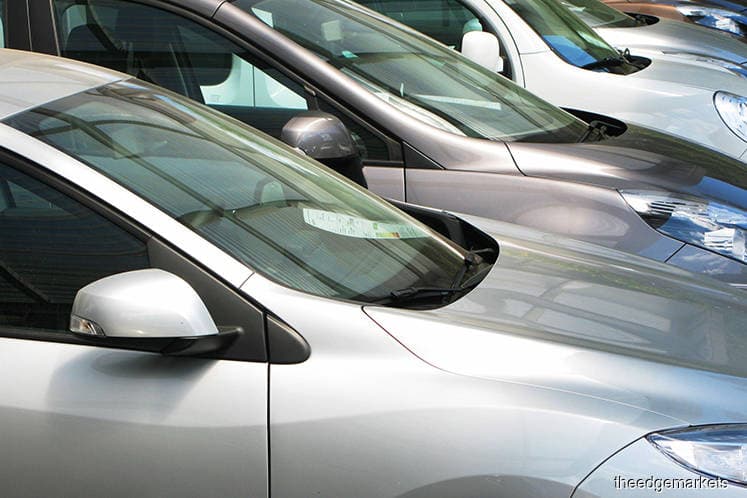
This article first appeared in The Edge Malaysia Weekly on November 6, 2017 - November 12, 2017
ARE you willing to pay more than double the price of a washing machine or refrigerator as interest payment? While the figure may seem exorbitant, these are the prices the poor have been paying for many consumer durables.
The annual percentage rate (APR) or annualised interest charged on consumer durables can go as high as 56%, according to Dr Muhammed Abdul Khalid, chief economist of research and consulting firm DM Analytics Malaysia.
“Throughout a 60-month period, the APR can range from 49.6% to 56.2%, with lower priced goods yielding higher APRs,” Muhammed tells The Edge.
The figures are based on a yet unpublished report by DM Analytics and paint a worsening picture compared with Khazanah Research Institute’s (KRI) 2014 The State of Households report.
“Low-income households depend on credit services provided by non-regular channels to purchase consumer durables,” says Muhammed.
A comparison of the true APRs paid for a Perodua Viva and BMW 316i paints a clearer picture of the differences in the cost of borrowing borne by different income groups. While monthly payment of RM271 for a Viva may seem affordable, the reality is that the buyer pays more than a quarter of the purchase price in interest payments. Comparatively, interest payments for a BMW 316i amounts to just over 10% of the purchase price.
For example, Parkson Credit advertises a profit rate of 1.19% a month for motorcycle financing, amounting to an APR of 14.29%. For consumer durables, Parkson Credit’s advertised APR goes as high as 18.6%.
For perspective, Bank Negara Malaysia’s maximum interest rate for credit cards is 18% per annum. The effective lending rate of local banks ranges from 4.35% to 5.67% for a standard 30-year housing loan.
The dependency of Malaysian households on credit services is proxied by the 71.4% revenue from credit and service charge income received by Courts Malaysia in its financial year 2017. In comparison, its Singapore sister company recorded an 18.2% contribution over the same period and its Indonesian arm, 35%.
Some relief may be found in the recent measure to cap the interest rate at 15% per annum for credit sales effective January 2018, announced by Domestic Trade, Co-operatives and Consumerism Minister Datuk Seri Hamzah Zainudin last Thursday.
However, a 15% maximum rate is still high, espeically if it is continuously charged on the initial price of the item instead of on the reduced balance, says Ravinder Singh, head of complaints at the Consumers Association Penang.
What adds to their burden of high-interest payments is that consumers are still charged full interest payment for goods decades after they have defaulted on their payments, Ravinder says.
“We get complaints about representatives of companies, such as Singer Malaysia, calling up consumers after 12 years to say that their debt hasn’t been settled,” he says, adding that these companies often refuse to produce the payment records of these consumers.
Worse still, such defaults undoubtedly affect the credit scores of low-income households, making it harder for them to borrow from any financial institution, Muhammad says.
One solution he recommends is to ban misleading advertisements by making it mandatory for the APR to be published.
KRI says in its 2014 report that this could be coupled with teaching basic financial literacy and realigning the regulation of consumer credit between the various government agencies.
In September last year, Bank Negara Malaysia governor Datuk Muhammad Ibrahim said that the central bank was working with the government to introduce consumer credit legislation. However, there have been no further updates on the proposed law.
Meanwhile, existing enforcement is severely lacking, says CAP’s Ravinder.
“Consumers are still being burdened with unnecessary charges, such as having to pay over RM100 as service charge to receive a standard agreement,” he adds.
Save by subscribing to us for your print and/or digital copy.
P/S: The Edge is also available on Apple's AppStore and Androids' Google Play.